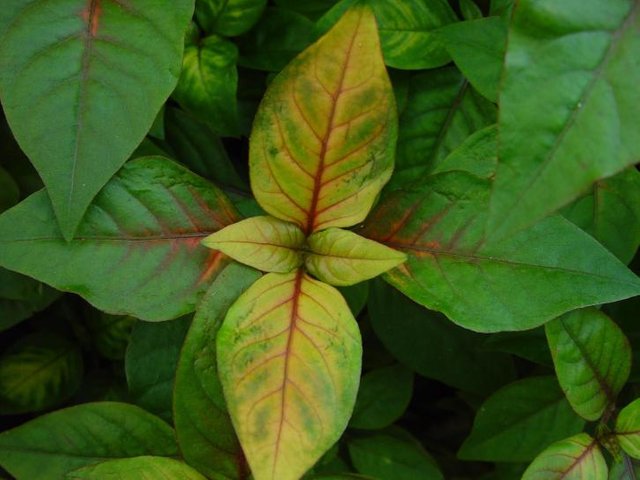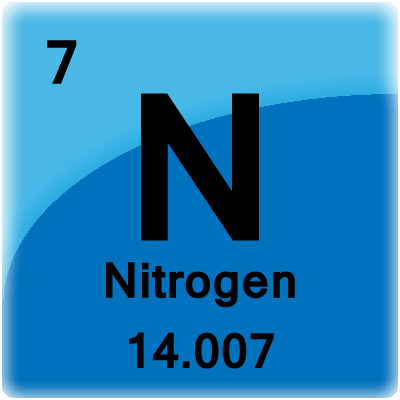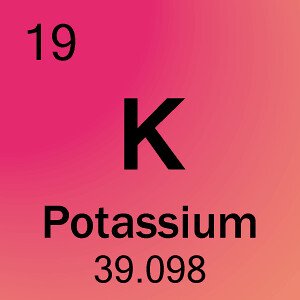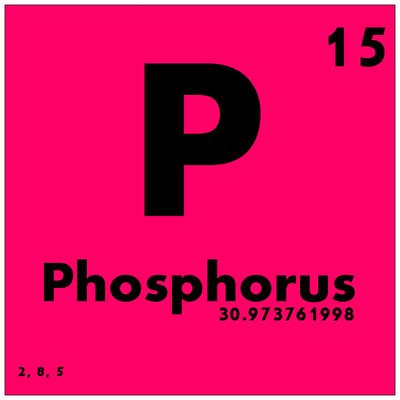Permaculture - Nitrogen, Phosphorus, Potassium (Lesson 9)
Intro
The nearest few articles will present the most important macronutrients for plants, their effects, symptoms of deficiency and excess, and ways of ecological supplementation. We will also talk about types of soil and ways to improve them.
The first lesson from the new chapter will be about three of the most important nutrients for every plant. In the vast majority of cases, the deficiencies of nutrients in the soil concern NPK, i.e. nitrogen, phosphorus, and potassium. Less frequently, magnesium (mainly on acidic soils) and calcium (in heavily exploited soils). In case of symptoms of deficiencies of other micronutrients and macronutrients, it is often enough to adjust the pH of the soil or simply fertilize with compost/manure.
When supplementing the soil with fertilizers, we should pay attention to the N: P: K ratio (nitrogen to phosphorus to potassium). Usually, the best fertilizers are NPK 5:8:4 for sandy soils and 5:6:6 for clay soils
NITROGEN
Along with phosphorus and potassium, it is one of the three most important minerals. The most common deficiencies are in highly acidic and sterile soils.
Nitrogen is responsible for the growth of shoots, is a building block of tissues, is responsible for the level of absorption of other macronutrients, the condition of the plant, its taste, and nutritional value.
How to recognize nitrogen deficiencies:
- yellowing of the leaves, or a change in their color to pale green, affecting first the mature leaves, then the young ones, and with time the discoloration affects the entire plant.
- Initially, the edges of the leaves remain green, but the center changes color.
- The yields are clearly lower than in previous years.
- Plant spindle, premature flowering
- in the case of turnips, the leaves turn purple.
Response:
- Nitrogen supplementation, as one of the most important plant nutrients, has been extensively described in previous articles on various methods of fertilizing the garden
- can be introduced into the ground thanks to green fertilizers, be it composed of legumes, binding nitrogen from the air, or other species that extract this macroelement from the deeper layers of the earth
- nitrogen is found in composts and manure. Manure contains more of it than plant compost. Different types of manure differ in the percentage of nitrogen content and the dynamics of its release. Details, including the maximum permissible doses of nitrogen, are described in the article dedicated to manure.
- nitrogen is also found in bone meal, urine, algae, and other natural fertilizers
- the best nitrogen absorption occurs in soils with a pH between 5.0-8.5
- nitrogen absorption may be blocked by an excess concentration of manganese or cobalt and by poor soil loosening
Nitrogen Excess:
- fruits and vegetables worsen faster, they cannot be stored for a long time.
- the plant is more sensitive to diseases and pests.
- there is soil degradation and potential contamination of nearby groundwater
POTASSIUM
Shortages sometimes occur in sandy soils, especially on the coast. Usually, clay and loam soils have enough of it and no additional supplementation with fertilizers with the addition of potassium is required. Livestock farming and grazing do not negatively affect the potassium content in the soil, but the cultivation of some plants, especially potatoes and legumes, showing a high demand for this macroelement, yes.
This element is mainly responsible for the water balance in plants, it takes part in the nitrogen balance and protein synthesis. Optimal doses promote growth, increase plant resistance to dryness, improve the functioning of mechanisms protecting against excessive loss of moisture, and, consequently, drying out (opening and closing of the stomata). Plants survive winter better, fruits are sweeter, more aromatic, better colored, and can be stored for longer. The flowers are better colored and there are more of them.
How to recognize potassium deficiencies:
- deformation and color change of the oldest leaves to blue-green and yellow chlorotic spots unevenly distributed between the veins
- slow plant growth
- yellowish-reddish discoloration of the leaf margins
- laxity and greater susceptibility to drying out
- deterioration of the taste of fruit and vegetables
- unnatural shortening of the sections between the bunches
Response:
- the greatest bioavailability of potassium is in soils with a pH of 5.5-7.5
- potassium is mainly supplied with manure and ash
- it is found in limited amounts in any natural fertilizer
- bird guano, kalinite, and desert salts contain considerable amounts of it
- among composts, compost from fern and comfrey leaves contains more of it
Excess potassium:
- reduction of the quality of the crops
- soil salinity and impaired uptake of magnesium, calcium, and boron by plants
PHOSPHORUS
The amount of phosphorus in soil depends primarily on the bedrock from which it was formed. Also, the pH of the soil remains important - it is best absorbed in acidic and slightly acidic soils (pH 5.0-6.5), practically not absorbed in soils with a pH of 7.2 and higher.
The greatest demand for phosphorus occurs at the beginning of the plant growth, flowering, and fruiting period.
It plays a key role in the processes of photosynthesis, respiration, metabolism, protein synthesis, and spare substances. It affects the speed and quality of rooting plants, increases resistance to drought and frost, has a positive effect on yielding, tillering, even maturation, and shortens the vegetation period.
How to recognize phosphorus deficiency:
- older leaves and shoots with purple or blue-green, darker discoloration. Matte.
- weaker plant growth, dwarfism, and worse yields
- shortened, thin shoots and stalks
- weaker production of side shoots
- weaker flowering and seed or grain setting
Prevention:
- first, check the pH of the soil and if it is too alkaline, adjust it with fertilizers with sulfur
- occurs in manure, bird guano, especially chicken, compost, raw phosphate, bone meal. Some green manure plants extract phosphorus from deeper layers of the earth
Excess:
- impaired uptake of potassium, iron, zinc, and copper
- the risk of soil contamination and, in particular, groundwater contamination
All my lessons are shared totally for free with a CC-0 license (which means you can copy my text and share it wherever you want to, without the need to mark me as an author). I hope it will bring you joy.
Previous lessons can be read here:
2 - types of manure and when to use it
3 - Compost. Basics
4 - advanced composting
Thank you for reading,
@papi.mati




Muy buena explicación de la clase con NPK aquí en mi terreno es ácido solo se dan las frutas cítricos naranjas mandarinas limones piña guanabana parchitas greifu pero plátano cambur topochos tengo que abonarlos con compost y fertilizantes npk.los ajies no se me dan en el suelo debo colocarlos en maceta. Un abrazo amigo @papi.mati
Gracias por tu comentario. Puede intentar neutralizar el pH del suelo seleccionando fertilizantes naturales adecuados si eso es lo que necesita.
La mayoría de los fertilizantes son alcalinos, por lo que el 95% de los composts, composts líquidos, etc. mejorarán el pH del suelo, pero si desea mejorarlo de manera relativamente rápida y significativa, tendrá que usar fertilizantes naturales a base de calcio revisa esta lección
O puede disfrutar de la variedad de plantas a las que les gusta el suelo ácido sin hacer grandes cambios en su jardín. Según tu comentario, puedo ver que ya sabes qué plantas crecerán bien allí :)
¡Que tengas un buen día, gracias por tu comentario!
Muy bien gracias por tu apoyo. Lo pondré en práctica. Un abrazo.
Excelente publicación @papi.mati
Gracias por aportar tantos conocimientos acerca de la permacultura en esta comunidad, espero seguir leyendo al respecto!